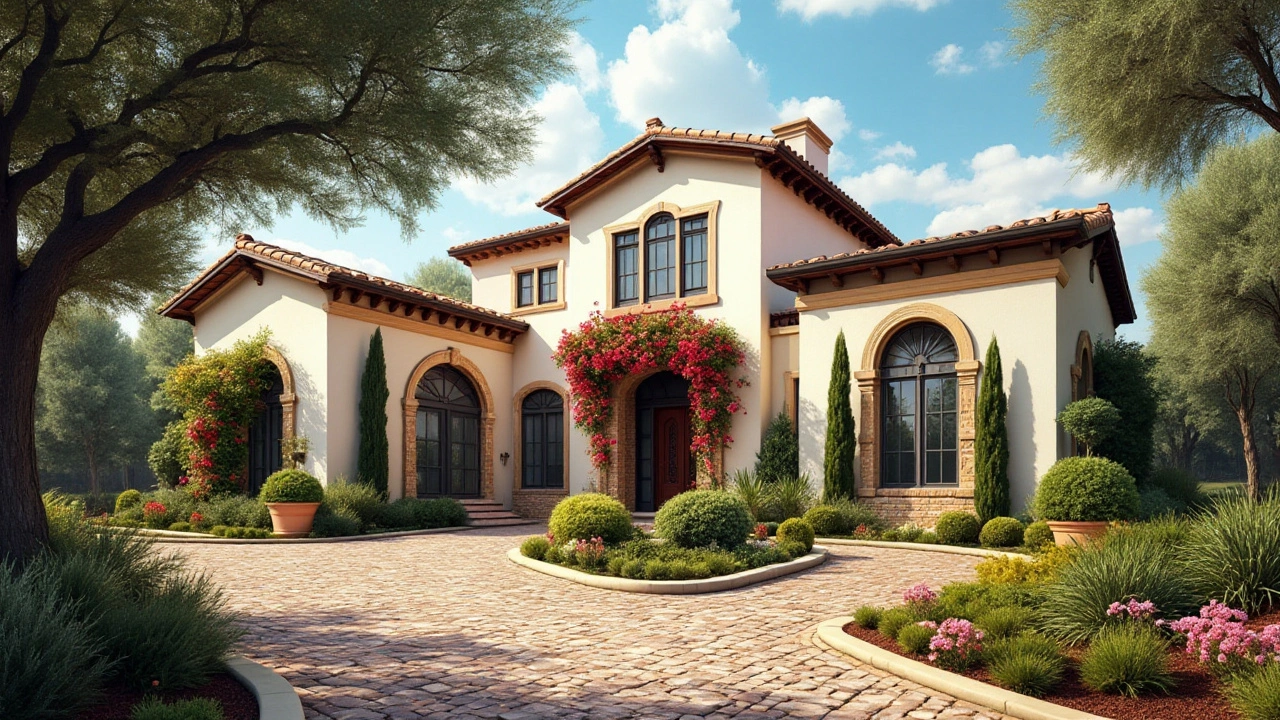Mediterranean Revival Architecture is an enchanting style that draws inspiration from the sun-drenched coasts of Spain, Italy, and Greece. Emerging in the late 19th and early 20th centuries, it brings a touch of Old World elegance through its characteristic terracotta roofs, arched windows, and stucco walls. This architectural approach captures the essence of beauty and harmony, making it a popular choice for homes in warm climates. Dive into the elements that define this captivating style and learn tips on incorporating its timeless allure into modern designs.
Architectural Aesthetics: How Style Shapes What We See
Architectural aesthetics explain why a building feels grand, cozy, harsh, or calm. When you know the basic ideas, you notice details you missed before - columns, materials, proportions, and light. This page groups posts about styles and history so you can learn fast and apply what you like.
Start by looking at three visible things: form, detail, and material. Form is the building's big shape: domes, sharp angles, or flat roofs. Detail is the finish: ornament, windows, and moldings. Material is what the surface is made of: stone, brick, glass, or metal. Each choice changes how a building reads to people walking by.
Key principles to spot
Symmetry makes structures feel formal. Georgian, Greek Revival, and Beaux-Arts use symmetry to look balanced and authoritative. Asymmetry feels playful or modern; Postmodern and Expressionist buildings often break rules on purpose. Scale affects emotion too. Large columns or high ceilings create awe. Small windows and tight spaces feel intimate.
Texture and color guide your eye. Brick and carved stone add warmth and history. Smooth glass and steel read as modern and technical. Light shapes perception: arches and vaults create deep shadows that add drama, while wide glazing floods rooms and makes spaces feel open. Remember: a single feature can flip the mood - an ornate cornice over a glass facade mixes time and tech.
How to apply architectural aesthetics
If you're designing or renovating, pick one strong idea and stick with it. Want a classic look? Use columns, proportion, and stone tones - think Greek Revival or Renaissance cues. For a contemporary feel, favor clean lines, visible structure, and tech materials - High-Tech or International Style hints work well. Mixing styles can work, but balance matters: choose a dominant theme and use accents from another era sparingly.
For homeowners on a budget, small changes make a big difference. Swap door hardware, change window trim, add a porch column, or repaint with historically accurate colors. For photographers and writers, focus on contrast and repetition. Repeating windows, arches, or pilasters create patterns that read well in photos and stories.
Use this tag to explore posts on periods and movements like Colonial, Renaissance, Baroque, Beaux-Arts, Bauhaus, Constructivist, and Neo-Futurism. Each post breaks down typical forms, key details to look for, and why those choices mattered then and now. You'll find practical tips for spotting features on a walk and ideas you can use in design work.
Want to learn faster? Pick one style and study three buildings in your city or online. Note their forms, materials, and where they differ. Take photos or quick sketches. Over time you'll read buildings like books and make smarter design choices that match your taste and budget.
Browse posts here for quick reads and visual guides. Try the colonial and Georgian articles for history, Beaux-Arts and Baroque for ornament, and High-Tech or Neo-Futurism for modern tactics. If you're a student, copy key sketches into a notebook. If you're a homeowner, save images to a folder for your contractor. Small study sessions beat long theory lessons. Start with one style.

